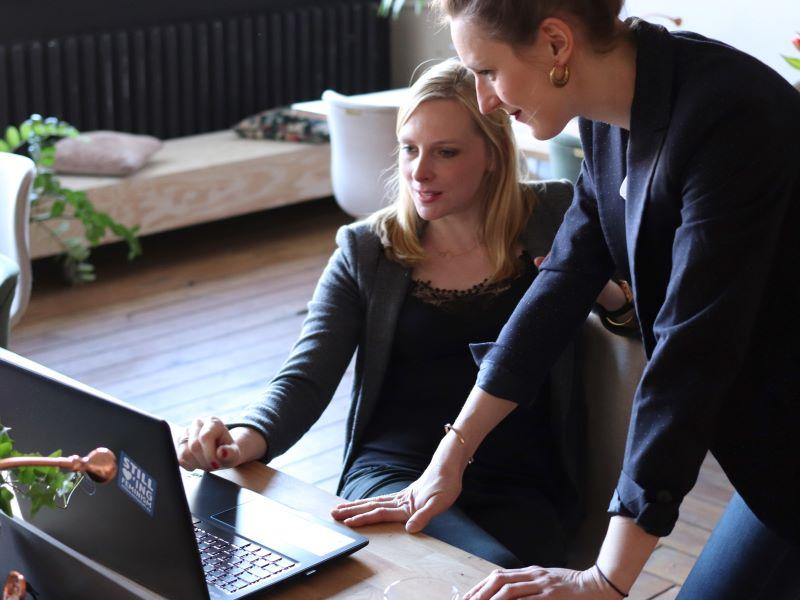Teaching is often seen as an individual endeavour. While academia actively encourages collaboration and peer review where research is concerned, teaching is perceived as a solo activity.
One year into the pandemic, we see changes to this dynamic: the forced move to remote teaching has prompted faculty to work with learning technologists and instructional designers to adapt their course design to the online environment.
Now is a good time to evaluate this collaboration and build a sustainable relationship between faculty and educational developers, moving beyond the traditional academic and non-academic staff divide.
Educational development teams sit within a variety of institutional set-ups: while in some universities they are based in central departments, sometimes linked to IT units, elsewhere there are decentralised support structures at faculty level. In some cases – at UCL, for instance – a combination of both has proven effective in providing a two-tier support system.
Their position within the university ecosystem plays an important role in the relationship that educational development teams forge with faculty. Another important factor that influences this is how much resource is allocated to faculty development, which determines the level of support, and the perception of the role within university structures, translating into job stability and career progression opportunities.
To make the most of the experience gained during the pandemic, we need to build a durable bond between faculty and educational developers that translates into high-quality learning experiences for students. Here are five ideas for developing effective collaboration habits:
-
Active listening. It’s important to acknowledge that each of us comes to this process with different experiences and often very different backgrounds. Far from being an obstacle, this is a healthy premise for cooperation. Listening to each other thoroughly needs to be the very first step in the process; it’s all about training our empathy, learning about each other before we start learning from each other.
-
Partnership. To be effective, this process should be about partnership, and not about one party teaching the other. Building trust is an essential part of the process, and this takes time and patience on both sides; it’s like a dance where partners become fully synchronised only through a lot of practice. In my view, the role of educational developers is to work together with faculty and equip them with the necessary tools and concepts to be able to tell their story and build their course narrative.
-
Building on individual teaching visions and styles. Every educator has their unique teaching philosophy, partly underpinned by their disciplinary background and partly linked to their own personality. There are no “one-size-fits-all” strategies that faculty developers can or should prescribe; it is all about fine-tuning different approaches to fit each context and support faculty in turning their own vision into reality. Individual teaching narratives are the most valuable starting point we have for this conversation.
-
New teamwork habits. Even though it can be a really enriching process for both parties, this cooperation doesn’t always come naturally. Cultivating these new habits does take some work. It also requires a change of mindset, moving from teaching as a lonely activity to team-based course design, whereby people with different backgrounds pool their skills to design learning experiences. Communication is the key to this process. Explicitly discussing expectations and jointly deciding on workflows can really help to create effective new routines.
-
Working towards an evidence-based approach. One way to consolidate this partnership is to extend it from day-to-day course design tasks to conducting research together. A research team comprising both faculty and education specialists has the great advantage of bringing together a relevant mix of expertise to provide substantial insights into the teaching and learning process that can be used to inform and improve future practice.
The pandemic has shown that sometimes reaching out beyond our comfort zone, working with people of different backgrounds and expertise can be an unexpectedly inspiring experience. Developing these cooperation habits takes time and effort, but once in place they greatly benefit everyone involved, especially the students. Universities should strive to support newly formed bonds between faculty and educational development teams by providing flexible spaces and structures where creative teamwork can continue to take place and innovative teaching practices are brought to life.
Alexandra Mihai is a learning designer in the online learning team at University College London (UCL).




comment